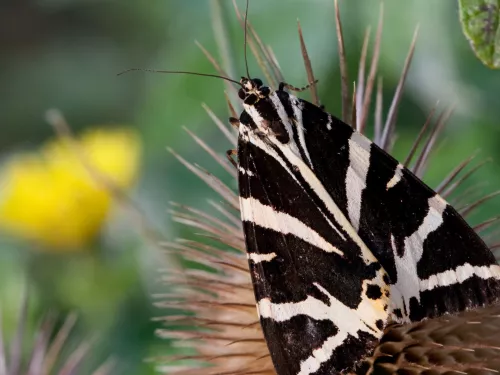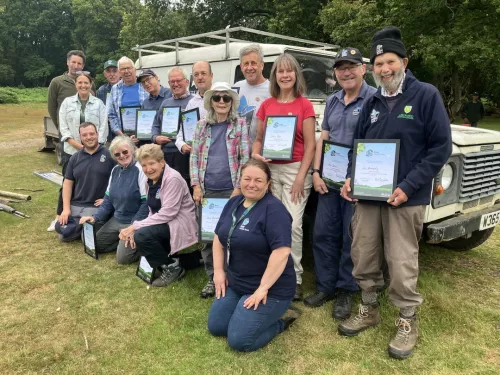
Meet the herd – the eight wild bison on a wilding journey in Canterbury
Since bison were released into West Blean and Thornden Woods on the outskirts of Canterbury, they have not only transformed the landscape but significantly grown in number.

Some habitats are special because they are more open, such as chalk downland or heathland. For these particular habitats, it’s a constant battle to stop the site from turning into a woodland, which is the natural progression for these areas. To retain their value as open spaces, it’s necessary to continually cut back the scrub and trees that would otherwise shade out and destroy the species that call these open spaces their homes.
Planted Ancient Woodland (PAWS) sites are another habitat where tree removal is vital. These important habitats for wildlife were cleared of native trees by previous owners several decades before and planted with conifer species to create a commercial enterprise. Ancient woodlands are an irreplaceable habitat, having evolved in many places for millennia, and the introduction of these non-native species slowly destroys the seed bank and value of these amazing habitats for wildlife.
Kent Wildlife Trust are gradually removing the non-native trees to allow light back into the wood, enabling native species to germinate and slowly restore the ancient woodland. This process takes many years because, if done too quickly, the rapid increase in light will encourage coarse vegetation such as bramble and bracken, that will prevent native broadleaf trees and native ground vegetation from establishing.
In ancient times, these habitat management practices were carried out by large herbivores such as aurochs. Our introduction of European bison, the closest living relative to aurochs, into West Blean and Thornden Woods is an example of how we can bring back these species to some large areas and reduce the need for human management.
Though the lack of human effort and machinery is a plus in West Blean, there are some sites where it’s not practical to introduce large herbivores and therefore, we need to continue working with our amazing volunteers to keep our sites in the best possible shape they can be for wildlife.
We’re always on the lookout for more volunteers to join us. If you’re interested, make sure to apply on our Volunteer Opportunities page.

Since bison were released into West Blean and Thornden Woods on the outskirts of Canterbury, they have not only transformed the landscape but significantly grown in number.

Margery Thomas, Hothfield Volunteer and regular columnist looks at the lack of butterfly sightings in recent months, the work volunteers are doing to remove bracken and how this all impact the wider management of the last remaining fragments of heathland…

By August, floral glory has passed from the orchids (heath spotted, southern marsh and a few large hybrids) to the heather or ling. As ever, we hope for a protracted display of purple in the heathy areas, which is likely if the cool nights persist. Orchid…